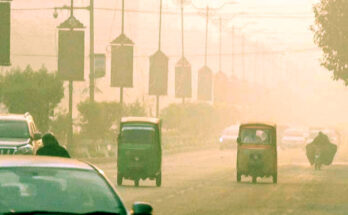Air pollution has serious health consequences and the WHO considers it the single greatest environmental hazard to human health. Air pollution is projected to cause 7 million premature deaths per year.
PM2.5, or small particulate matter with a diameter of 2.5 micrometers or less, is the most harmful pollutant because it can pass through the lung barrier and enter the bloodstream, causing cardiovascular and respiratory disorders as well as cancer. As a result, it is critical to reducing PM2.5 emissions in areas where people live.
Related: Blame Where the Blame is Due
In the latest IQAir’s 2022 World Air Quality report, Pakistan has ranked the world’s third most polluted country in terms of air quality only behind Chad and Iraq. With a population of over 231,402,117 people— the 5th most populous country in the entire world, the 2022 average PM2.5 concentration in Pakistan (AQI 159) was 14.2 times the WHO annual air quality guideline value.
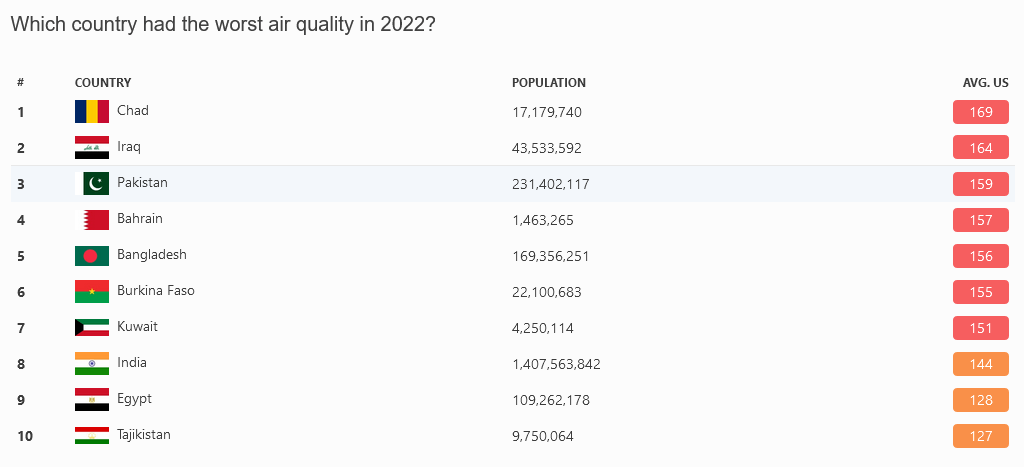
The cities of Punjab and Khyber Pakhtunkhwa provinces are the worst polluted cities with Peshawar currently having the worst AQI of 174, followed by Lahore at 160, Bahalpur at 159, and Faisalabad at 158. These numbers place these cities into the higher end of the unhealthy bracket, making the air quality not only detrimental but outright severe for all members of the population.
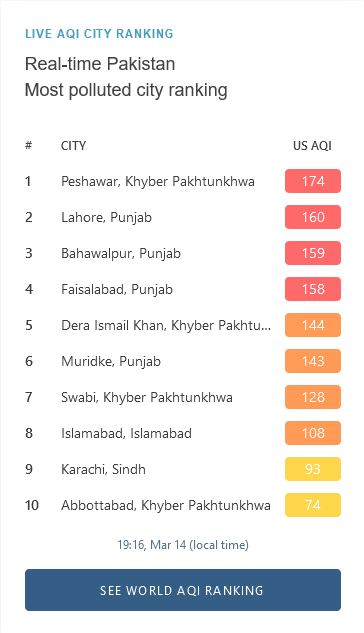
The top 3 cleaner cities in Pakistan in terms of air quality were Rawalpindi at 72, Abbottabad at 74, Karachi at 93, and Islamabad having a US AQI of 108.
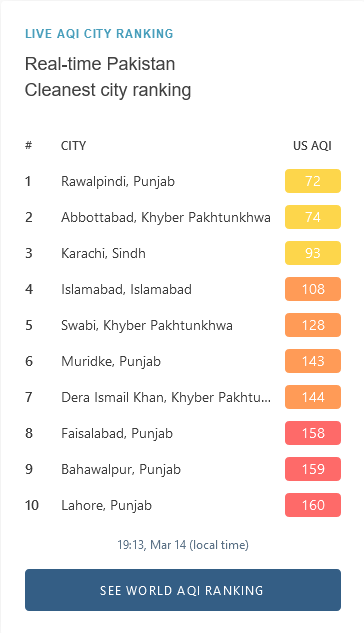
The main causes of pollution in Pakistan?
According to IQAir’s World Air Quality report, there are numerous sources of pollution in Pakistan’s major cities, with some being year-round constants, such as pollution emitted by vehicles and factories, and others being seasonal, such as stubble burning during the winter months, which is exacerbated by cold air trapped on ground level and unable to disperse.
Related: Shortlisted WP29 Regulations Yet to be Implemented
Cities like Lahore, once known as the city of gardens, suffer greatly from car pollution, and with the covid-19 induced lockdowns in 2020, it became clear how much of an impact automotive pollution has on total air quality. As widespread lockdowns were implemented in March 2020, pollution levels began to progressively decrease, but as soon as they were lifted, the smog returned to permeate the environment and damage inhabitants.
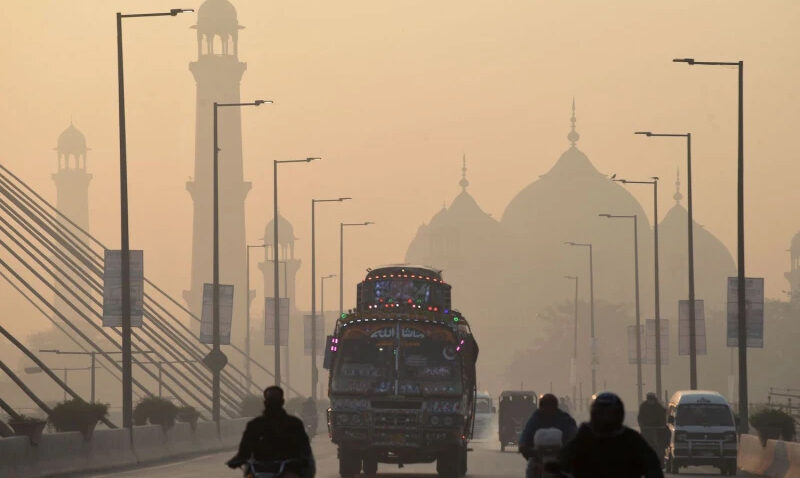
This is just an example of how badly vehicles can alter the level of pollution, with a great increase in air quality during lockdown quickly returning to its awful-lockdown levels, being indicative of how badly Pakistan is affected by its numerous cars, motorbikes, trucks, and buses on the road. Many of them would also be utilizing heavily outdated and unsafe engines, running on lower quality fuel, which when compounded together, the end result is pollution-spewing monsters that are unfortunately seen all across the country. So, vehicles, in particular, poor-quality ones running on fossil fuels are a large contributor to pollution.
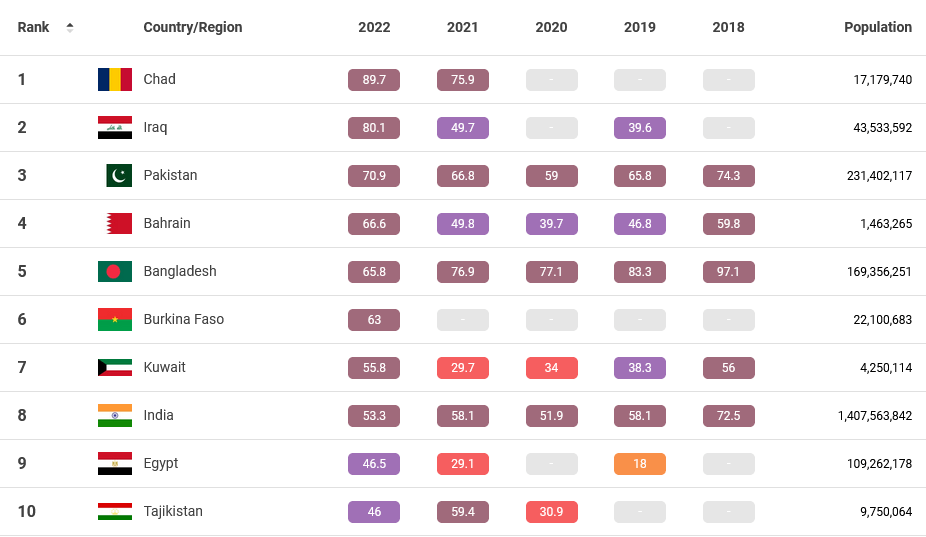
Then the country’s factories, which once again rely on fossil fuels such as coal for energy, are another source of significant pollution. The combustion of fossil fuels produces a vast number of highly harmful pollutants, which will be briefly addressed. The emissions from these factories are frequently unregulated, resulting in companies and manufacturing plants operating with no regard for the environment, which can have disastrous effects not only on air pollution but also on surrounding wildlife and water areas, with large amounts of industrial effluence making their way into bodies of water and damaging ecosystems, killing off vast swaths of vegetation, and thus wreaking havoc on the environment.
Related: Euro 2 in Pakistan, A Decade!
Finally, the open burning of fires on streets can contribute to an extra degree of harmful pollution, as a variety of materials such as wood, waste, and synthetic and man-made items such as plastic are all burned and release a variety of poisonous toxins. In conclusion, the main sources of PM2.5 and PM10 levels are vehicular pollution and factory emissions, followed by open burning sources and other miscellaneous additions such as poorly maintained construction sites, which can give off large amounts of finely ground rock, gravel, and silica, adding to the levels of fine particulate matter in the air.
Source: IQAir’s 2022 World Air Quality Report

A computer animation professional with over 23 years of industry experience having served in leading organizations, TV channels & production facilities in Pakistan. An avid car enthusiast and petrolhead with an affection to deliver quality content to help shape opinions. Formerly written for PakWheels as well as major publications including Dawn. Founder of CarSpiritPK.com



